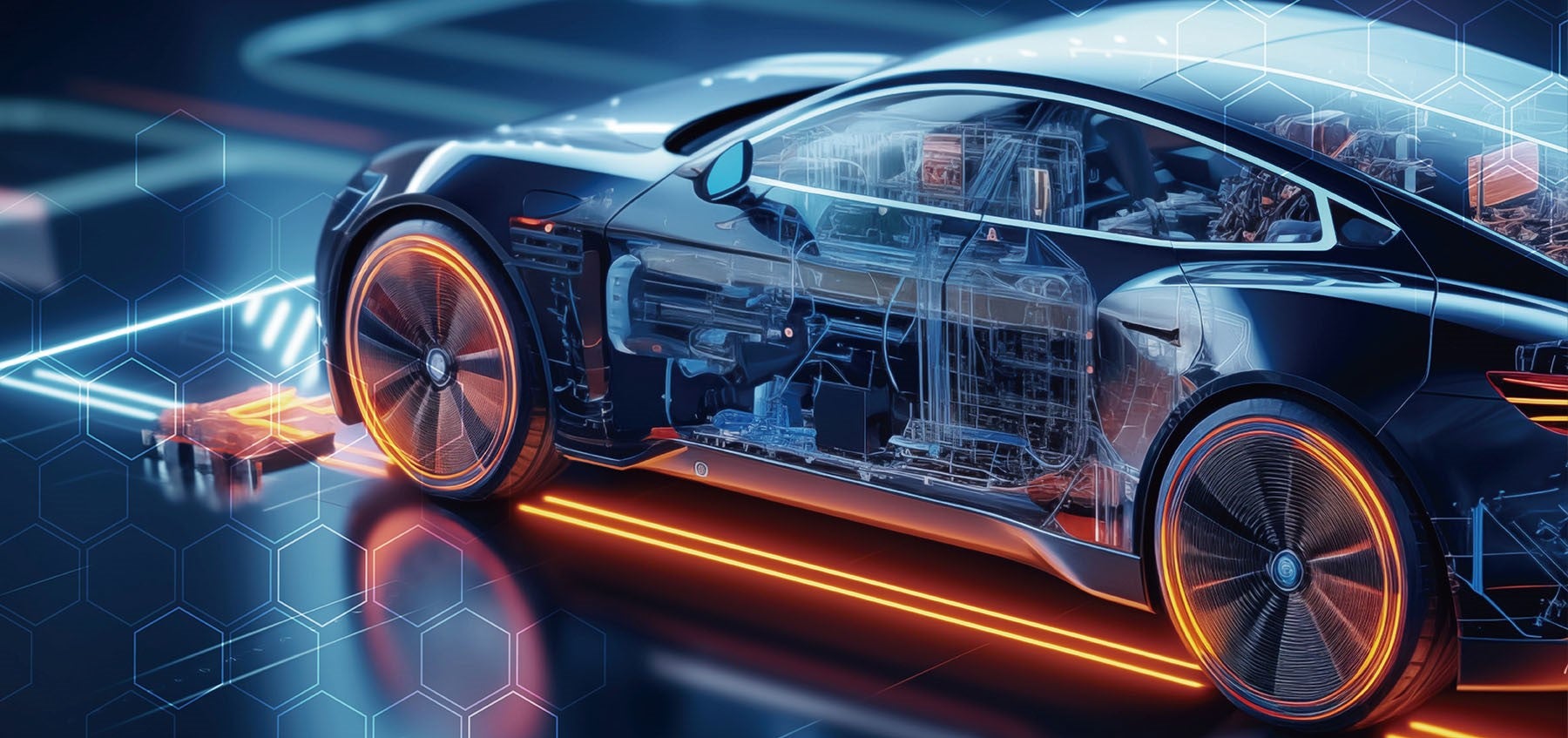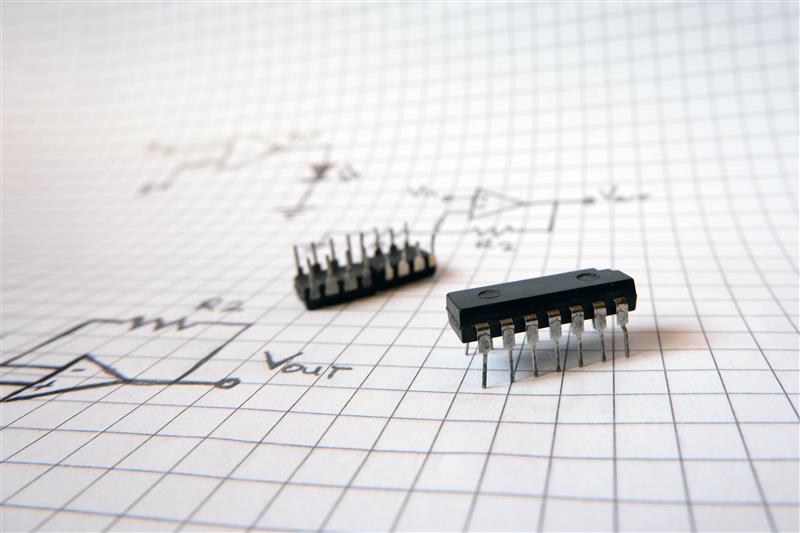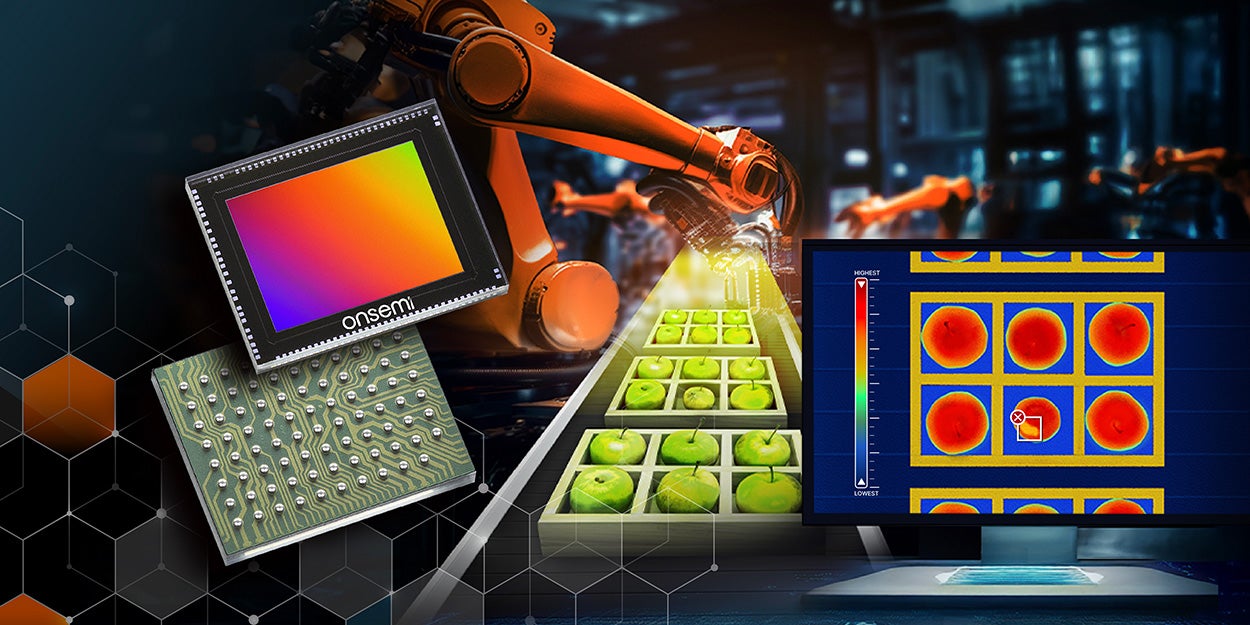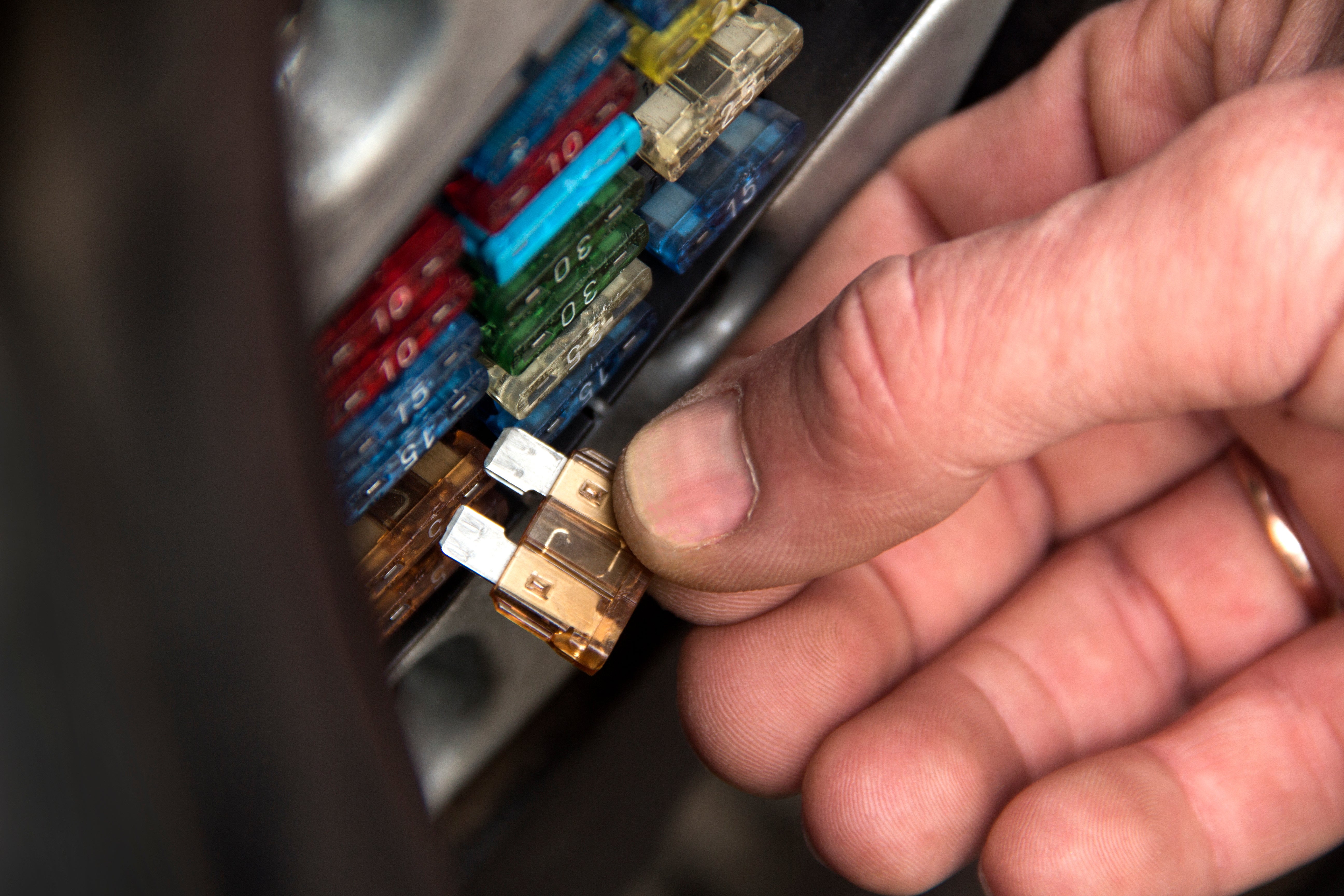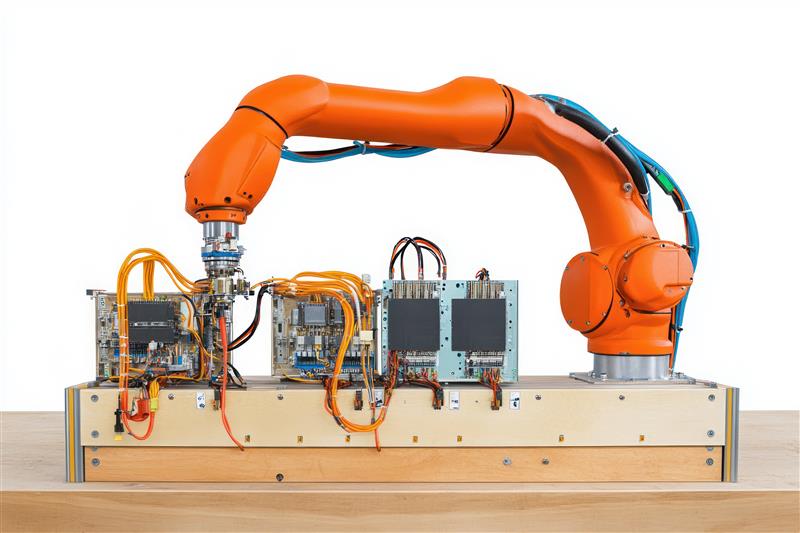Find the
Right Product
Utilize our PRT+ tool to identify the ideal onsemi product for your specific application with maximum efficiency.
Find ProductsFind the
Ideal Solution
Our user-friendly system solution guides, invaluable resources that explain onsemi's product range for different applications.
Explore NowFind the
Right Document
Search through datasheets, application notes, and white papers to locate the relevant information.
Find DocumentsTalk to Our
Sales Team
Have questions about our products and services, or need help with a design? Our sales support team is here to help!
Contact SalesLatest Annual Sustainability Report
Our 2023 sustainability report details our efforts concerning environmental, social and governance initiatives.
Read ReportTransform Your Future at onsemi
Join a team where cutting-edge intelligent technologies enable world-leading innovators and shape the future.
Learn More